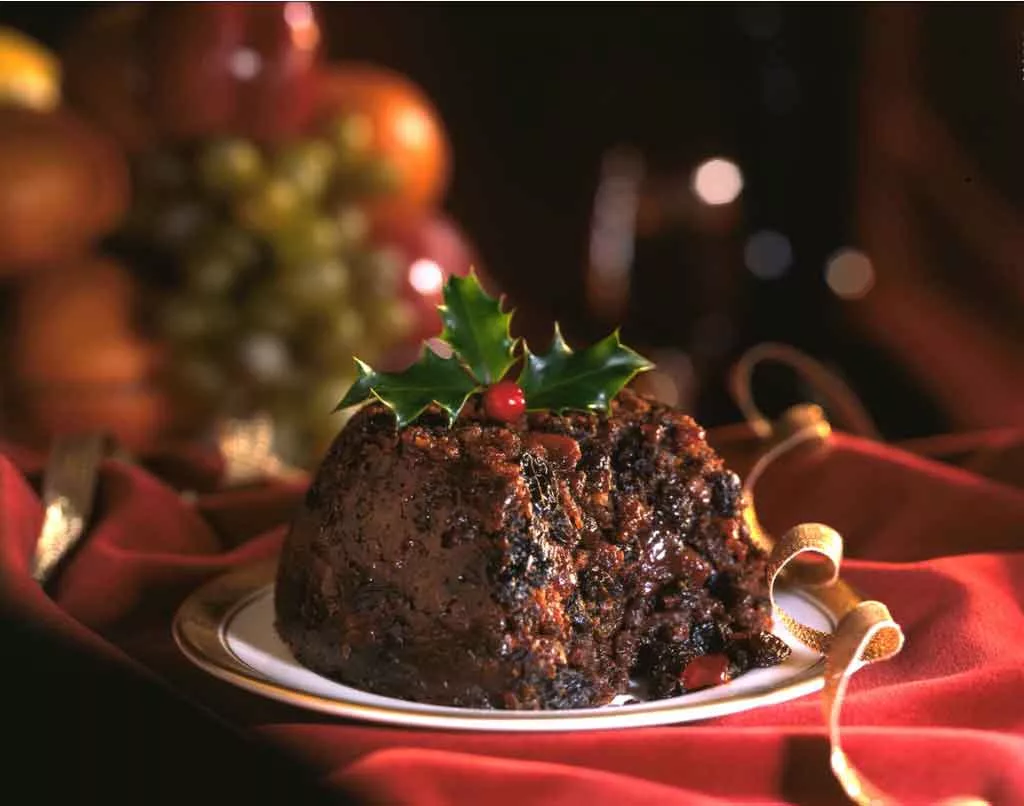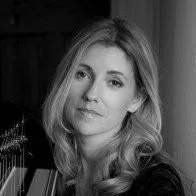
QUESTIONS
1. On Christmas Eve of 1854, 22-year-old Louisa May Alcott placed what she called her “first born” into her mother’s Christmas stocking as a gift. What was this “first born” and what was it called?
Click to show the answer
Answer: Louisa’s first book, Flower Fables. Written when Louisa was sixteen years old, Flower Fables was a collection of short stories Louisa wrote for Ralph Waldo Emerson’s youngest daughter, Ellen. Years later, the book was published just in time for Louisa to place the finished novel into her mother’s stocking on Christmas eve. In the accompanying letter to her mother, Louisa wrote, “I hope to pass in time from fairies and fables to men and realities.”
2. In his essay “Wild Apples”, Henry David Thoreau wrote about an old English custom practiced on New Year’s Eve when groups of boys would gather in apple orchards, encircle the apple trees, and repeat a chant encouraging the trees to grow strong through the winter. What was the name of this custom? Was it:
a) Bough lifting
b) Apple howling
c) The Ritual of Rootimus Profundus
d) Muggle incanting
Click to show the answer
a) Bough lifting
b) Apple howling
c) The Ritual of Rootimus Profundus
d) Muggle incanting
Answer: B. Apple howling. Standing in circles around the apple trees, the boys would chant, “Stand fast, root! Bear well, top!
Pray God send us a good howling crop:
Every twig, apples big;
Every bough, apples enow!”
3. In the Colonial era, residents of Concord depended upon candlelight to light their houses and break the night’s darkness. The most common material from which candles were made was:
a) Duck fat
b) Beeswax
c) Tallow
d) Tree syrup boiled to wax
Click to show the answer
a) Duck fat
b) Beeswax
c) Tallow
d) Tree syrup boiled to wax
Answer: C. Tallow. Made from the raw fat of animals such as cows, sheep, and pigs, tallow was cheap and easily available. To prepare it for candle making, the fat would be placed in a cauldron of boiling water and melted. The melted fat was then skimmed off the top and placed into a dipping pot for candle making. Combinations of cow and sheep tallow produced a tolerable smell, while pig tallow (more readily available to the poorest citizen) produced an odor likely to encourage social distancing of at least six feet.
4. In 1776, upper class merchants in England may have still been a little mad at the Colonists for dumping their tea into the Boston harbor during the Boston Tea Party of 1773, but they may also have felt some satisfaction in knowing a new English invention - not yet in America - would guarantee that their house interiors would be kept in better condition than those of the annoying Colonists. Was this new invention a:
a) Mechanical rug beater
b) Pewter lined waste can
c) Candle douter
d) Goose down draft stopper
e) Gold chamber pot
Click to show the answer
a) Mechanical rug beater
b) Pewter lined waste can
c) Candle douter
d) Goose down draft stopper
e) Gold chamber pot
Answer: C. Candle douter. Best known in modern day as “candle snuffers,” douters were invented in England in 1776 by Christopher Pinchbeck the Younger. Made of metal, they looked like short scissors with a small bowl attached to the tip. Using the douter, burning candles could be extinguished by snipping the wick and letting it fall into the bowl. This reduced the need for blowing out a candle and, as frequently happened, blowing hot wax or soot on the walls or furniture, and reduced the chance of fire by neatly catching any hot embers.
5. A Christmas kindness. In 1881, a poor woman in Illinois wrote to a Concord author and asked the author to help fill-in for Santa Claus (who was not available that year). The Concord author jumped in to help and mailed gifts to the woman and her family. Who was the Concord author?
Click to show the answer
Answer: Louisa May Alcott. Louisa wrote Little Women in 1868 and her writing career had successfully continued from there. By 1881, she was well known and a public figure, and although the woman was a stranger, Louisa was more than happy to help.
6. True or False. In 1930, you could meet friends in Concord at the Colonial Inn, sit in the tavern, and buy a beer.
Click to show the answer
Answer: FALSE. You could meet your friends in the Colonial Inn (officially opened in 1889), but you could not buy alcohol. A result of the Temperance movement, the 18th Amendment to the U.S. Constitution enacted Prohibition. From 1920-1933, it was prohibited to produce, transport, or sell alcohol. In 1933, the 21st Amendment lifted Prohibition, and on April 7, 1933, Massachusetts approved the sale of beer.
7. In the 1800s, a particular dessert (such as one Louisa May Alcott read about in her favorite book, Charles Dickens’ A Christmas Carol) was often made in a copper pot, doused in alcohol, and garnished with a sprig of holly. If the copper pot had not been properly maintained, copper might leach into the dessert causing consumers to experience unfortunate gastrointestinal distress and feelings of lack of friendship towards the cook. What was the dessert called?
Click to show the answer
Answer: Christmas pudding. No matter the after-effects, you would just hope people remembered it was the thought that counted.
8. Who said it? Match the Concord Author
to their description of a pile of snow.
a) Louisa May Alcott
b) Ralph Waldo Emerson
c) Nathaniel Hawthorne
d) Henry David Thoreau
1) “The frolic architecture of the snow”
2) “The path is snowed up”
3)
“a snowdrift swept by the cottage with
a sound like the trailing of a garment”
4)
“the sun glittered on the everlasting snow”
Click to show the answer
a) Louisa May Alcott
b) Ralph Waldo Emerson
c) Nathaniel Hawthorne
d) Henry David Thoreau
1) “The frolic architecture of the snow”
2) “The path is snowed up”
3) “a snowdrift swept by the cottage with a sound like the trailing of a garment”
4) “the sun glittered on the everlasting snow”
Answer:
A. 4. “the sun glittered on the everlasting snow”, Louisa May Alcott, Journal Entry, 1865
B. 1. “The frolic architecture of the snow”, Emerson, “The Snow-Storm”.
C. 3. “a snowdrift swept by the cottage” Hawthorne, “The Gentle Boy”
D. 2. “The path is snowed up”, Thoreau Journal entry, January 10, 1856
9. One of the earliest newspaper reports of Christmas trees in the United States described “an interesting festival, a Christmas tree,” in Concord with all the children of the town participating and someone dressed as
St. Nicholas distributing presents. What year did this interesting festival occur?
a) 1833
b) 1843
c) 1853
d) 1863
Click to show the answer
a) 1833
b) 1843
c) 1853
d) 1863
Answer: C. 1853. Individual Christmas trees were reported in Concord as early as the mid-1830s, including in the home of Harvard College professor Charles Follen, an immigrant from Germany who became a member of the abolitionist movement.
10. A riddle: Proud and true, high as a church spire, I preside in Concord Center. Directed by the wind, I look East,
West, North, South; sometimes I rest, and sometimes I bow in honor. Below me stands a liberty tree on a grass plot circled by feet seeking routes to peace, and vehicles following one unchanging path. Who/what am I?
Click to show the answer
Answer: The American flag, located in the traffic circle at Monument Square.
Contact Barrow Bookstore for a list of sources. Barrowbookstore@gmail.com.
————————————————————————
For more than 50 years, Barrow Bookstore has been a favorite of residents and visitors alike, specializing in Concord authors and history, children’s books and literature. The shop also provides a wide array of gently read and rare titles ranging from paperbacks to first editions and original manuscripts. Staff members have all worked as tour guides and reenactors in Concord and are happy to share their knowledge about the town and its history. Discover more at barrowbookstore.com.


